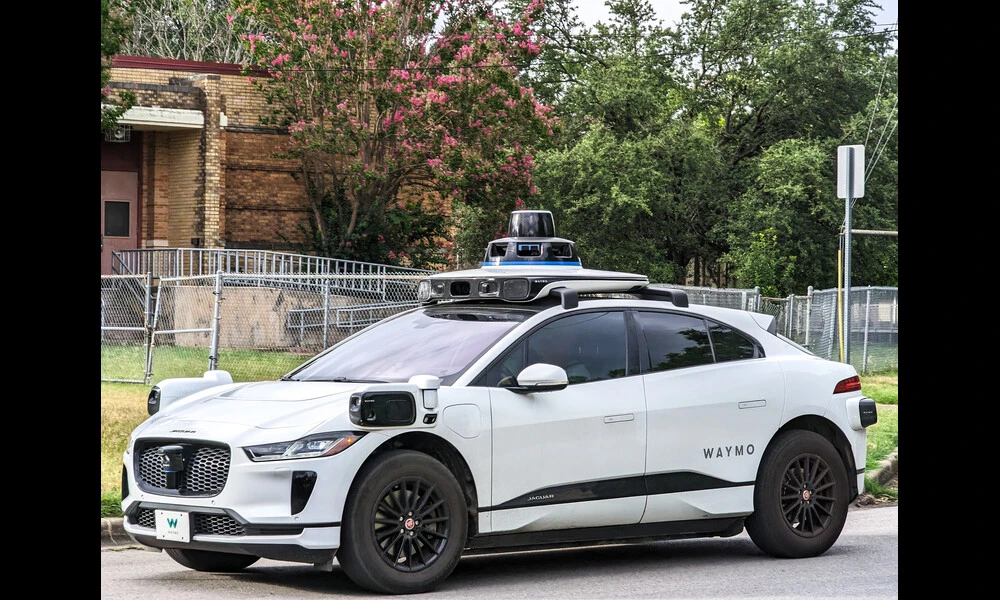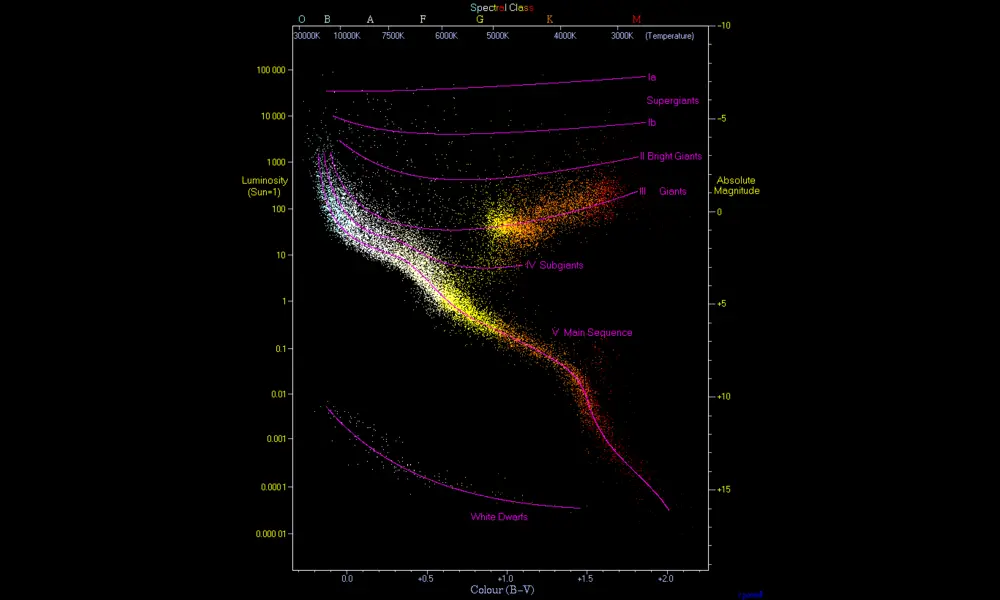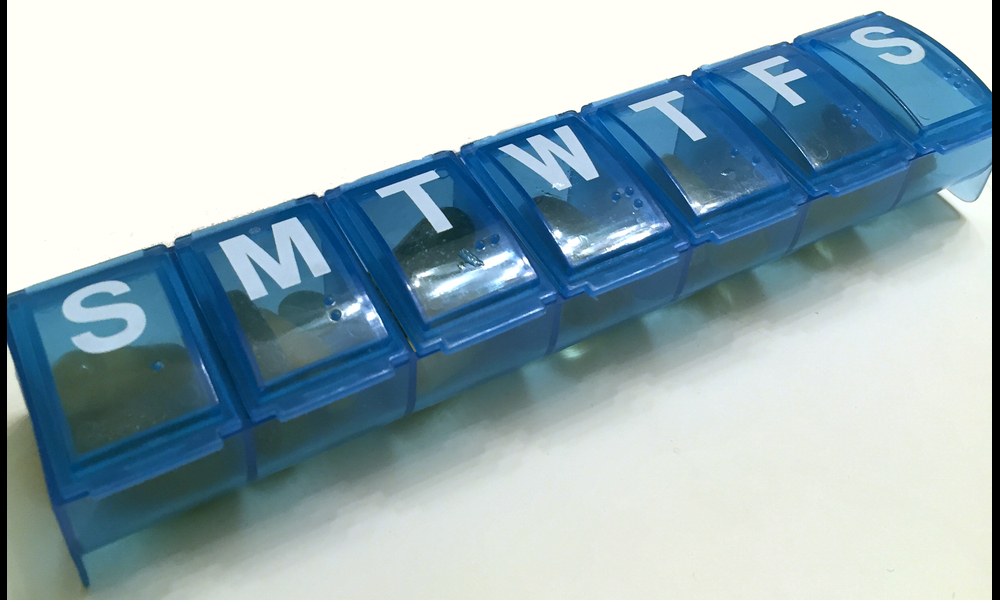STARNet Enhances Reliability of Complex Sensors in Autonomous Robotics
Published on Thu Sep 28 2023 Waymo self-driving car training on Austin roads | Lars Plougmann on Flickr
Waymo self-driving car training on Austin roads | Lars Plougmann on FlickrResearchers have developed a new network called STARNet that can improve the reliability of complex sensors used in autonomous robotics. Complex sensors like LiDAR, RADAR, and event cameras are essential for robots to perceive and understand their environment. However, these sensors are susceptible to various failures, such as malfunctions and interference from other sensors. Additionally, deep learning models trained on these sensors may struggle to generalize to new environments not adequately covered in the training data.
STARNet aims to address these challenges by detecting untrustworthy sensor streams and alerting the decision-making processes of potential inaccuracies. The network uses a technique called approximated likelihood regret, which is designed for low-complexity hardware with fixed-point precision capabilities. By continuously monitoring and filtering out untrustworthy sensor streams, STARNet improves prediction accuracy by approximately 10% in various test scenarios involving adverse weather and sensor malfunctions.
One of the key features of STARNet is its ability to detect out-of-distribution data, which significantly deviates from the training data distribution. Unlike traditional methods, STARNet employs the likelihood regret measure, which has shown improved capability in detecting out-of-distribution data. The network utilizes generative models, specifically variational autoencoders (VAEs), to learn the distribution of trustworthy sensor data streams. By comparing the likelihoods computed using pre-trained VAEs and optimizing the VAEs against the input sample, STARNet can differentiate between trustworthy and untrustworthy streams.
Another notable aspect of STARNet is its use of gradient-free optimization techniques, which are suitable for low-complexity hardware with fixed-point precision. Traditional gradient-based methods require floating-point precision hardware, which is not as common in edge devices used in robotics. STARNet employs gradient-free optimization methods like ZO-SGD and ZO-SCD, which are more resource-efficient and widely applicable.
In conclusion, STARNet is a promising solution to enhance the reliability of complex sensors in autonomous robotics. By detecting untrustworthy sensor streams and improving prediction accuracy, STARNet can contribute to more robust decision-making in various scenarios. Its reliance on computationally efficient gradient approximation techniques makes it suitable for continuous monitoring on resource-constrained edge devices. The availability of STARNet on GitHub also allows for further exploration and implementation in real-world applications.



